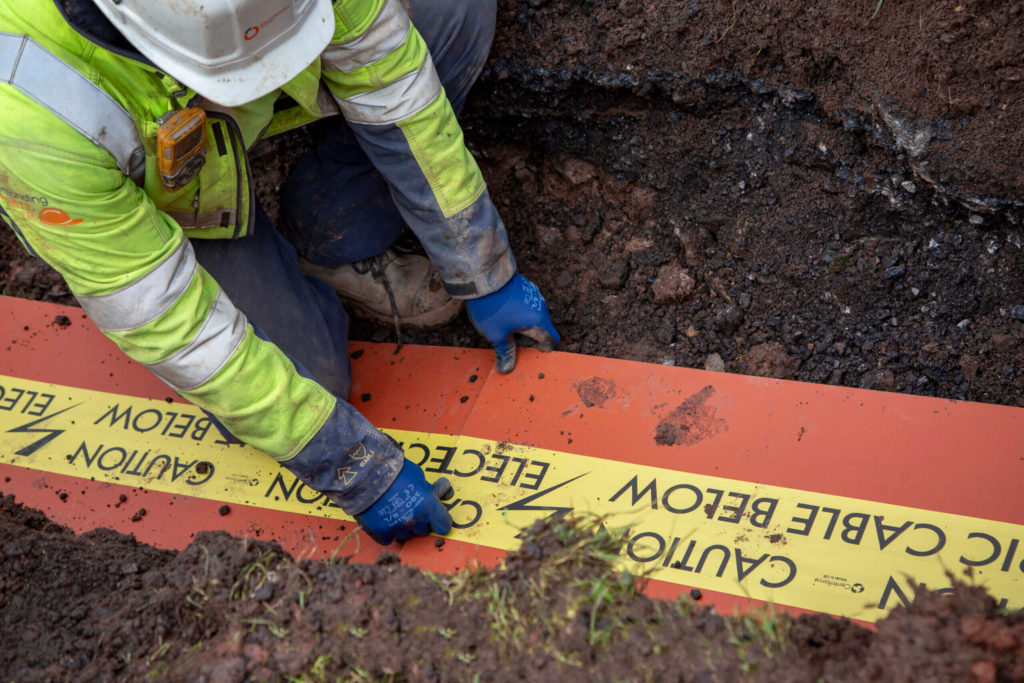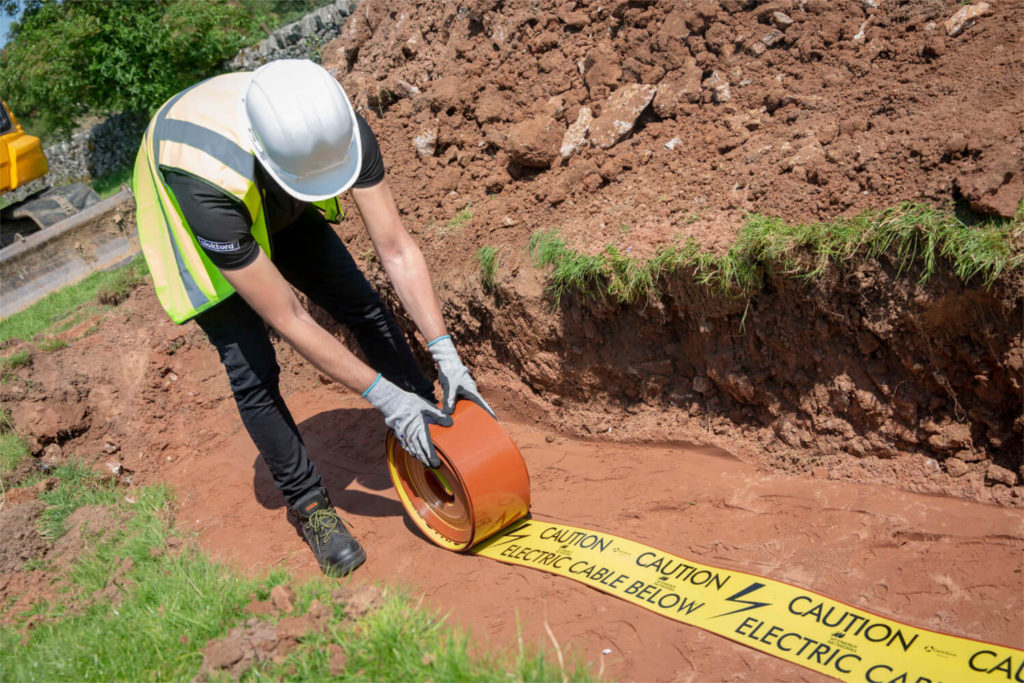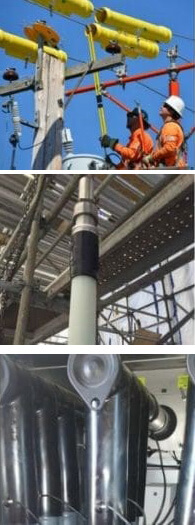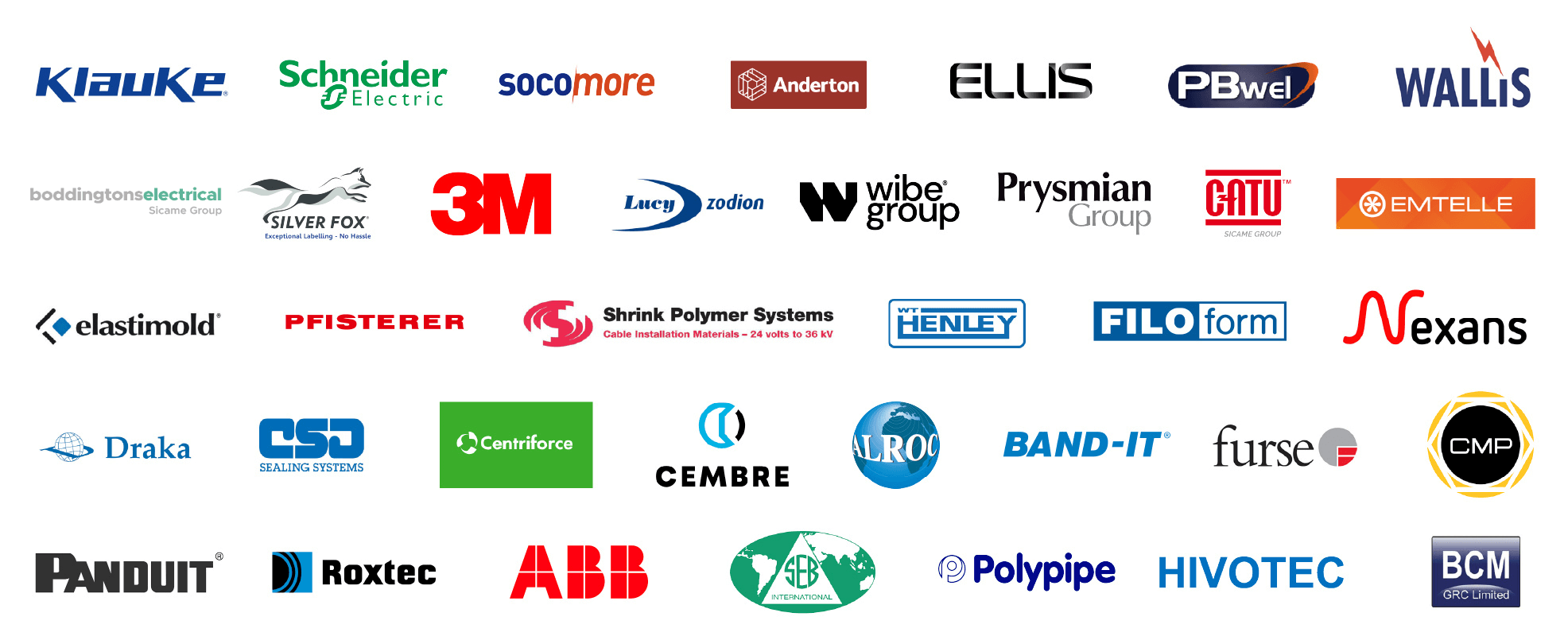Cable Strikes | 11kV Strike With Auger
Published 18 May 2021

Cable Strikes
Utility Strike Avoidance Group
USAG have published a range of documents to assist industry understanding of the root cause and contributory factors behind specific incidents. The aim is to improve industry standards and reduce the number of cable strikes.
Cable damage is often caused by excavating machines – hand held tools such as pneumatic drills, crowbars, pins, picks and forks also expose workers to potential sources of danger when digging around underground cables.

Cable Hangers | Cable Ducting | Cable Protection | Electrical Safety Equipment
Incident Overview
As part of installation of a wooden knee rail fence on one of our sites, a contractor was digging holes for the fence posts and caused damage to an 11kV buried high voltage cable with an auger. Fortunately, this did not result in any individual suffering harm, however, the loss of power had serious impact to the resilience on one of our sites.
The work was undertaken by a non-framework contractor who had not been issued with the essential standards, was not using the right tools and had deviated from the agreed method statement without seeking further approval from the TWOSA issuer.

11kV Strike with Auger
Action Required
Those authorised to issue a TWOSA must ensure the principles in Essential Standard 1 Excavations and Essential Standard 27 Utility Management are followed when works involve breaking ground.
In addition, they should ensure the following:
- Contractor Selection: All contractors working for or on behalf of Thames Water should be an approved framework supplier and have an in-date Achilles assessment. This should be verified prior to issue of TWOSA.
- Exchange of information: The COP must provide information on the risks and hazards on site as part of the exchange of information prior to TWOSA issue. This includes the HSI14 for the site along with any drawings, plans or other information essential to carrying out the works safely.
- Risk Assessment: With any task there are opportunities to stop and reassess the risk, in this case the opportunity to verify all services had been properly scanned and identified before issuing a permit to dig was missed. For high risk jobs it is essential that stop points are included to validate conditions – this principle is set out in Essential Standard 10 – Risk assessment
- Monitoring: Contractor activity on site should be reviewed regularly to ensure the works are being carried out to the agreed method statements and remain within the scope of the TWOSA issued. A SHE6 inspection should be recorded on Safeguard and actions raised to address any issues identified.
Everyone:
- Check all contractors working on site have a valid Thames Water Safety Passport
- Don’t be afraid to challenge if you see something that doesn’t feel quite right.
Protecting Cables Against Strikes & Restoring Power Post-Strike
Thorne & Derrick have been distributors for 3M Electrical since 1985 and can provide a range of reliable and easy to install Cable Repair Products – this includes Scotch Tapes, Scotchcast Joints and Cold Shrink Tubes to provide effective re-instatement of cable sheath jackets on all types of LV MV HV cables in onshore and offshore locations with safe or hazardous area workplace classifications.

Cable Repair Products
Our range of cable protection covers manufactured by Centriforce provide underground utility protection of LV MV HV cables including Tapetile (11kV) and Stokbord (33kV 66kV 132kV) – contact us to discuss Cable Damage Prevention Products including Dectamesh, the underground detectable warning tape for alerting excavators of the presence of buried cables and to prevent potentially lethal accidents during excavation.







